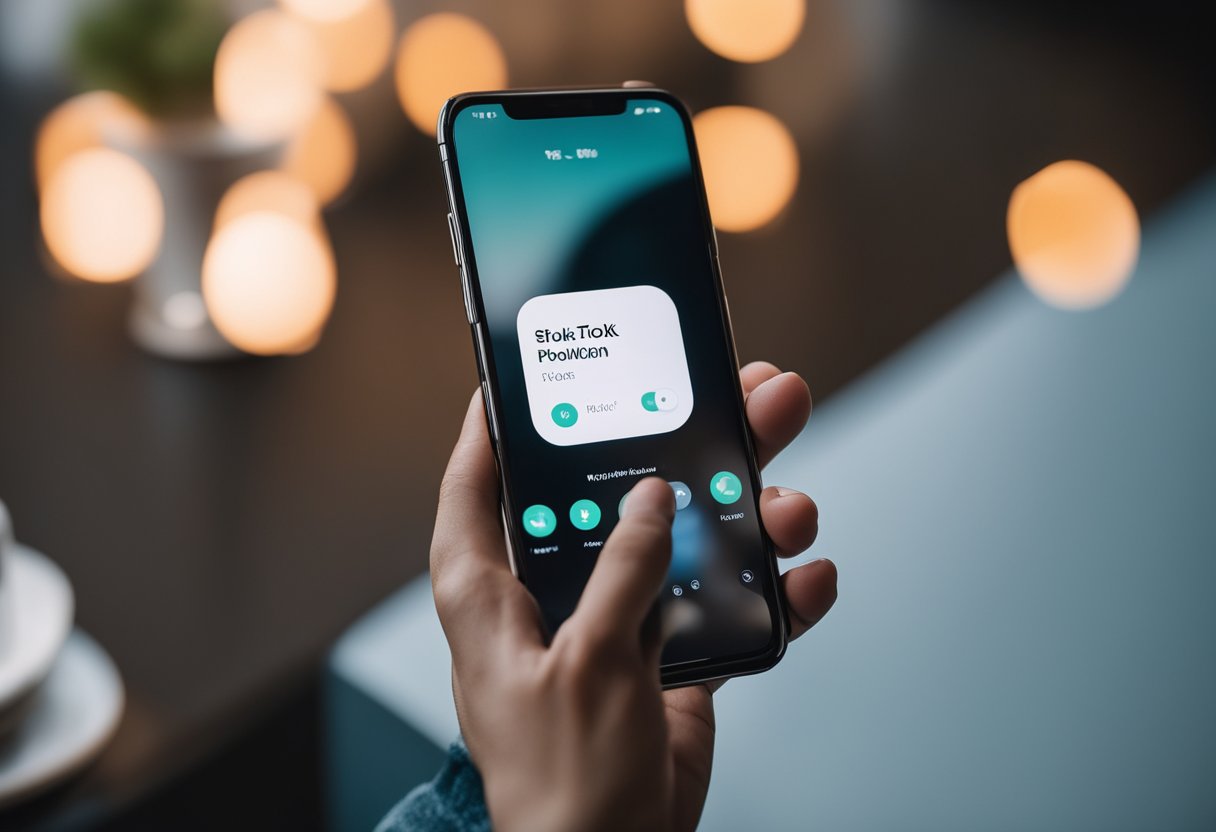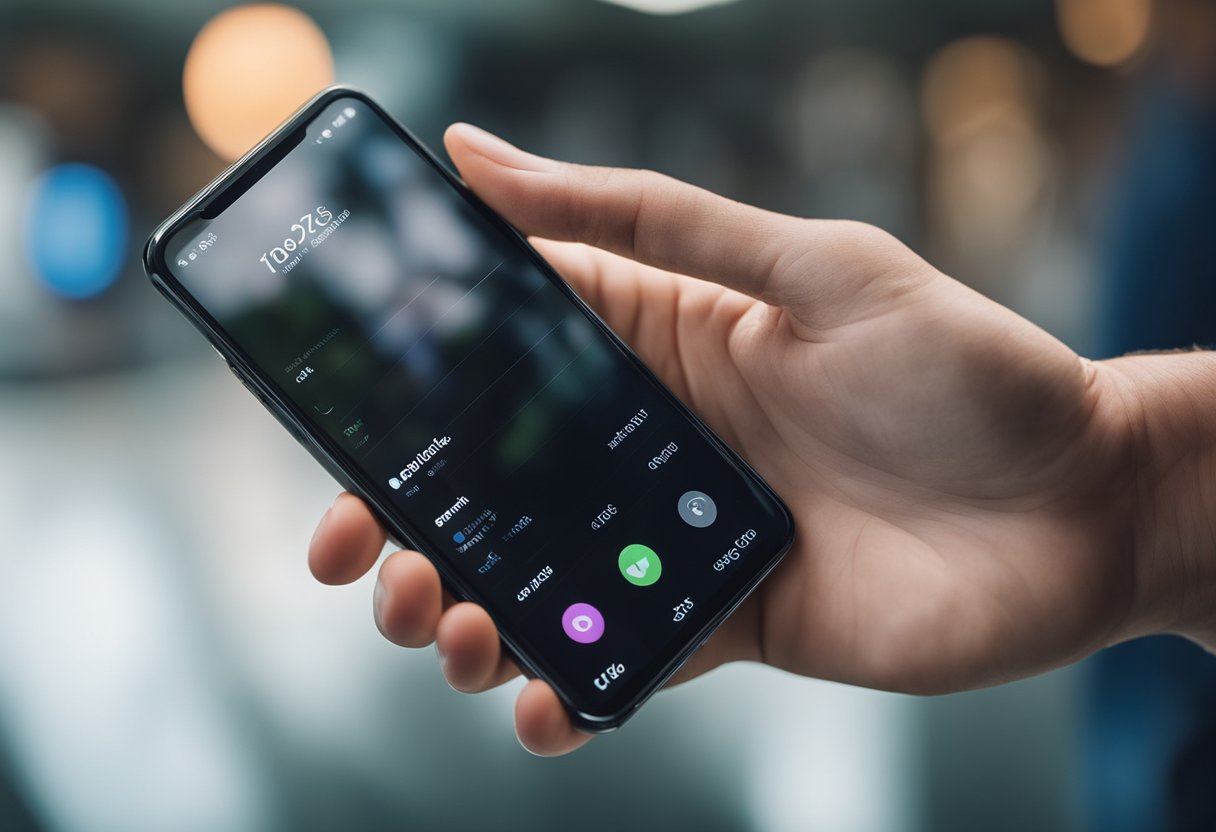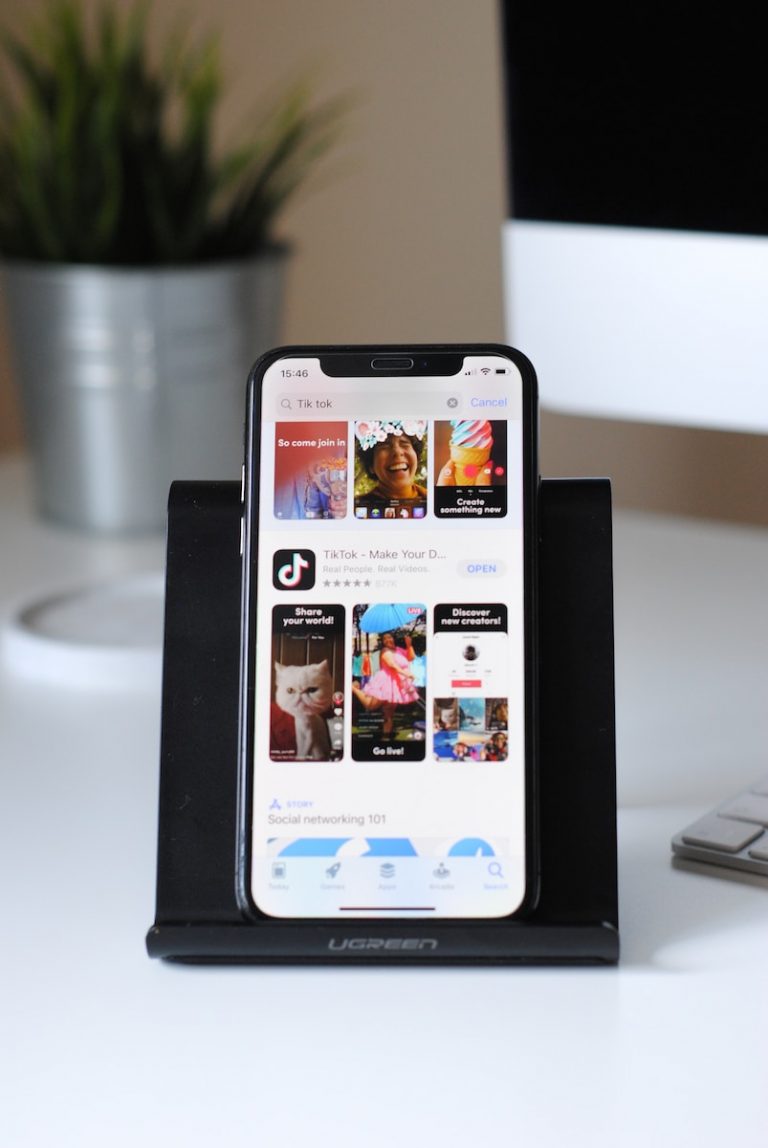Deleting a TikTok story is a straightforward process that users may wish to do for various reasons, whether it’s to correct a mistake, to update their content strategy, or simply to remove something they’ve changed their mind about. TikTok stories, similar to other social media platforms, are temporary videos or images that are visible to an audience for a short period, typically 24 hours. Once posted, these stories are public and can garner views, likes, and comments. But if a user decides to remove their story, TikTok has made sure the process is simple and quick.

Understanding how to navigate the TikTok interface is essential for efficient content management, including the removal of a story. Users need to be familiar with the profile functionalities and where to find their own stories on the platform. The ability to delete a story is accessed through their profile, requiring only a few taps. This knowledge equips users with control over what they share and enables them to maintain their desired online presence.
Understanding TikTok Stories
TikTok Stories are a feature within the social media platform TikTok that allow users to post short video clips that disappear after 24 hours. This format is not unique to TikTok; it has been popularized by other platforms like Instagram and Snapchat. However, TikTok brings its own twist to the concept.
Features of TikTok Stories:
- Temporal Nature: Content shared as a story remains visible for a day
- Video-Only: Unlike some platforms that allow images, TikTok Stories are exclusive to video content
- Visibility: Stories are accessible by tapping on a user’s profile picture
How it Integrates with TikTok:
TikTok, widely known for short-form video content, integrates stories to offer a more spontaneous and less permanent sharing option compared to the standard video uploads. This aligns with the real-time, dynamic nature of social media, providing users a way to share quick updates and engage with their audience on a daily basis.
User Interaction:
- When a story is posted, it appears on the profiles of the users
- Viewers can interact with stories using likes and comments, similar to regular TikTok videos
In summary, TikTok Stories enrich the content creation and consumption experience on the platform by adding a layer of temporality and intimacy in the way users can connect and express themselves.
Pre-Deletion Considerations

Before one decides to remove a story from TikTok, considering the implications is crucial. Since stories are visible to followers and potentially a wider audience, users should assess their reasons for deleting a story. They might want to ensure that the content they are retracting does not align with their desired online presence.
A story on TikTok is meant to be a temporary glimpse into one’s life, disappearing after 24 hours. However, if a user requires the story to be removed before this period expires, they should be mindful that this action is permanent.
Here are some factors to ponder:
- Visibility: Once a story is deleted, it cannot be retrieved. Users should check who has already viewed the story and contemplate if its removal will affect their social standing or follower relationships
- Privacy: If a story contains information that users no longer wish to share, or if it infringes on their privacy, immediate removal can prevent further exposure
- Impact on Followers: It’s wise to consider how the story contributes to one’s social narrative. Users must decide whether its deletion will leave a gap or create confusion among their audience
| Aspect | Consideration |
|---|---|
| Visibility | Will deletion have social repercussions? |
| Privacy | Does the story expose unwanted details? |
| Follower Impact | How will followers perceive the change? |
TikTok users should be aware that deletion is an irreversible process that should be approached with deliberation, ensuring it aligns with their social media presence goals on the platform.
Step-by-Step Guide to Delete a TikTok Story
Deleting a TikTok story is a straightforward process that permanently removes the selected story from your profile. This section will guide you through each step to ensure the story is successfully deleted from the platform.
Accessing Your Story
To begin, open the TikTok app on your mobile device and tap the profile icon located in the bottom right corner. Once on your profile, locate and tap your profile picture to view your stories.
Navigating the Menu Options
Upon selecting the story you wish to delete, look for the three dots icon usually located at the bottom or top right of the screen, depending on your device and app version. Tap these dots to open an overlay menu containing various options.
Confirming Story Deletion
Choose the delete option, which may be represented by a trash can icon. A pop-up message will appear to confirm the deletion. Select confirm to permanently remove the story from your TikTok profile. Once confirmed, the story is permanently removed and no longer viewable to you or other users.
Post-Deletion Actions

After a TikTok story is deleted, it is gone forever; the content cannot be viewed, reacted to, or commented on. Users should be aware of the permanent nature of this action and consider any potential regret for removing content before it disappears. The post-deletion phase mainly revolves around recovery options and managing how followers engage with content that no longer exists.
Recovery Options
Once a user decides to delete a TikTok story, the recovery of that exact story is not possible through TikTok itself. If content was removed accidentally, the options to retrieve it are extremely limited:
- Check device’s gallery: Some devices automatically save shared stories. Users should check their phone’s gallery or folder designated for TikTok downloads
- Third-party software: There exist third-party recovery tools that claim to recover deleted content. However, their effectiveness and security are not guaranteed and should be approached with caution
Managing Followers’ Engagement
After deletion, the user’s followers can no longer interact with the removed story. It’s important to manage the expectations of an audience following such actions:
- Communicate: If the deleted story was engaged with followers, a brief explanation might be needed to manage their expectations
- Future Content: Consider focusing on future stories and videos to sustain and enhance follower engagement
Note: TikTok does not offer a feature to retrieve deleted stories, nor can users view any interactions like comments or reactions post-deletion. Users wishing to monitor engagement should do so before deciding to delete their content.
Privacy and Security Concerns
When users post stories on TikTok, they should be mindful of the privacy and security concerns that come with any social media sharing. TikTok allows users to adjust privacy settings, which is critical in managing who can view their content. Users are advised to carefully configure these settings to ensure their stories are visible only to an audience they are comfortable with.
- Visibility: By default, stories may be visible to a broad audience. Users should check their story settings to ensure the content is not public if that is not their intention
- Privacy Settings: It is possible to make a TikTok account private. When an account is private, only approved followers can view stories, ensuring better control over privacy
- Security: Regularly update security settings and be aware of what is shared in a story. Sensitive personal information should be omitted to protect one’s security
Privacy Concerns are heightened by the potential for data collection and the misuse of personal content. Users are encouraged to:
- Understand the data TikTok collects
- Regularly review and adjust TikTok’s privacy settings
- Be cautious of the possibility that deleted content might be stored or still accessible in some form
Users should stay informed about the platform’s practices and remain vigilant in maintaining their online privacy and security. It is essential to regularly review account settings and consider the implications before posting any content.
Creating and Managing TikTok Content
In managing a TikTok profile, the user must understand how to effectively create stories, maintain their content, and interpret the analytics to enhance their online presence. Each aspect plays a vital role in the overall visibility and engagement on the platform.
Creating a TikTok Story
To create a TikTok story, one needs to first record a video using TikTok’s camera or select a video from their device’s gallery. After recording, they can utilize the app’s editing tools to enhance their content with filters, captions, and music. Users should then follow these steps to post their story:
- Tap the plus icon at the bottom of the TikTok app
- Record a new video or select an existing one from the gallery
- Use the editing features to edit the video as desired
- Share the final video by posting it to their TikTok story, making it visible on their profile for 24 hours
Maintaining Content on Your Profile
Users can manage the videos displayed on their profile by periodically reviewing their posted content and deciding what to keep or remove. For content removal, such as deleting a TikTok story before it automatically disappears after 24 hours, the following steps are taken:
- Navigate to their profile by tapping the profile icon
- Select their profile picture to access their story
- Tap the three-dot menu and choose ‘Delete’ to remove the story
This process ensures that only the content aligning with the user’s goals and branding remains on their profile.
Understanding Analytics and Online Presence
Profiling the success of a user’s content is achieved by analyzing TikTok’s built-in analytics. This feature provides insights into engagement rates, content reach, and audience demographics. Users should study these metrics to make informed decisions about future content and strategies for greater visibility. Critical analytics to examine include:
- Video Views: The number of times a TikTok video was watched
- Engagement: Likes, comments, and shares that a video receives
- Followers: The growth and demographics of the user’s audience
By scrutinizing these data points, a user can tailor their content to better resonate with their audience and bolster their online presence on TikTok.
Alternatives to Deletion

Before one decides to delete a TikTok story, they should consider the range of alternatives available that provide control over their content without permanent removal.
Archiving Feature: Unfortunately, TikTok currently does not offer an archiving feature similar to other social media platforms, so users looking to save their stories for personal viewing later cannot use this method.
Saving the Story: Users can save their TikTok story to their device before it disappears. Both Android and iOS users can do this by:
- Going to their story
- Tapping the three-dot icon
- Choosing ‘Save Video’
This allows them to keep a copy of the content, which they can view or repost at a later time.
Reposting the Content: Should users wish to repost the content, they can do so thanks to this TikTok feature.


0 Comments